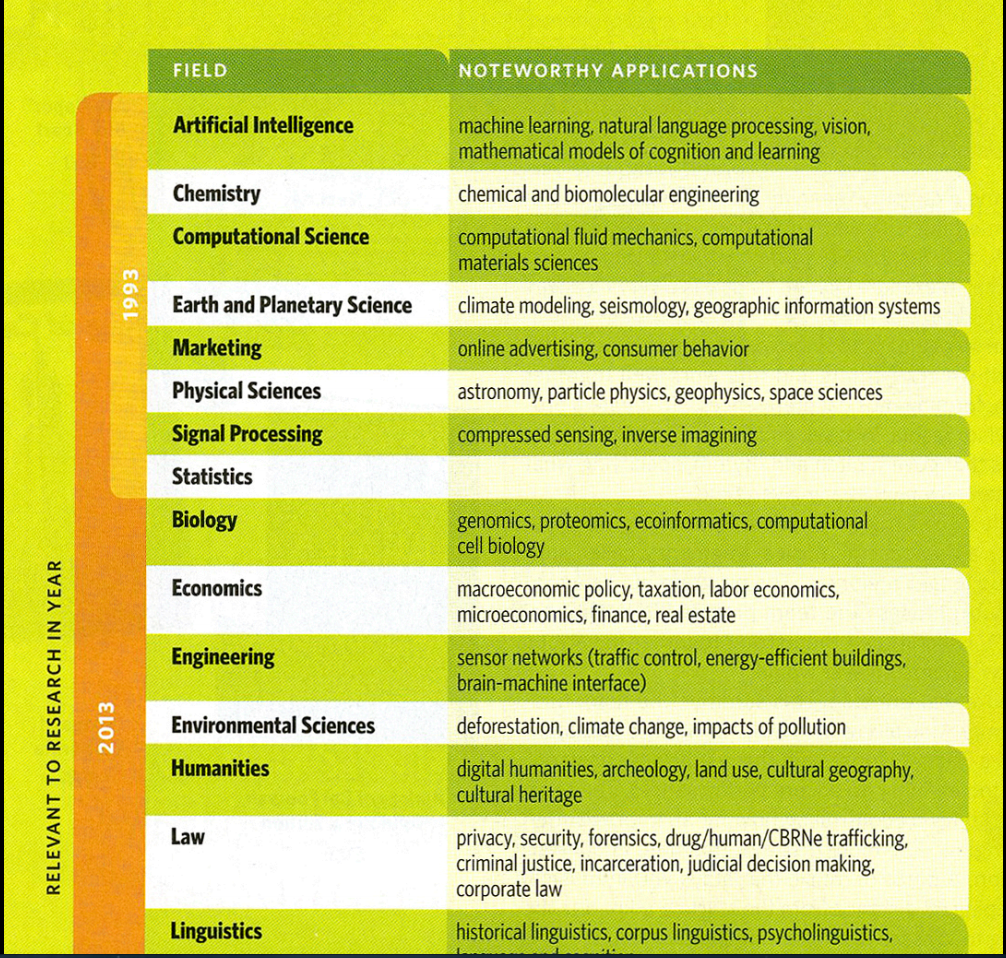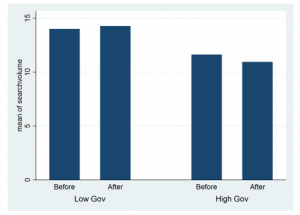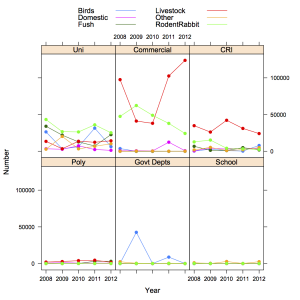One of the things social media is good for
[Update: 538 now has an intro to the story explaining the mistakes and apologising. Good for them.]
So, at fivethirtyeight.com there’s this story on mapping kidnappings in Nigeria using data from GDELT, the sort of thing data journalism is supposed to be good at. GDELT automatically extracts information from news stories to build a huge global database.
On Twitter, Erin Simpson, whose about.me page says she is “a leading specialist in the intersection of intelligence, data analysis, irregular warfare, and illicit systems – with an emphasis on novel research designs,” — and who has worked on the GDELT parser — is Not Happy.
Thanks to Storify, here are three summaries of what she says, but a lot of it can be boiled down to one point:
In conclusion: VALIDATE YOUR FREAKING DATA. It’s not true just because it’s on a goddamn map.
(via @LewSOS)


